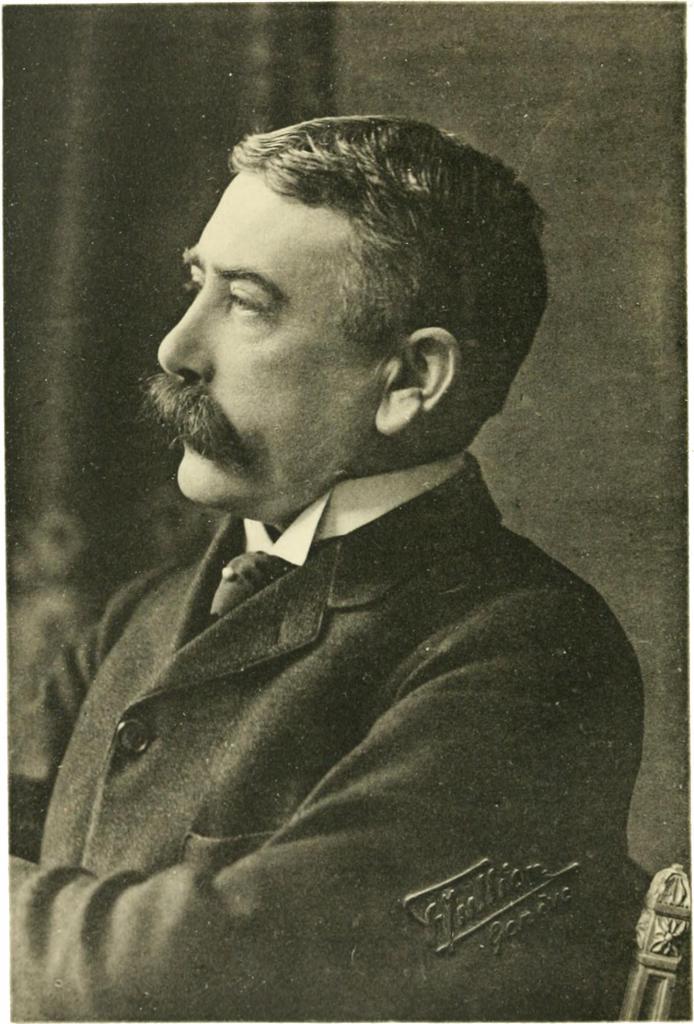Ferdinand de Saussure, whose biography will be the subject of our article, is a Swiss linguist scientist whose work occupies a special place in the history of science. He is considered the founding father of structural linguistics. His writings also laid the foundation for such a discipline as semiotics. Without the ideas of Ferdinand de Saussure, modern linguistics would hardly have been possible. Such a philosophical trend as structuralism owes him his birth.
Biography
Ferdinand de Saussure was born in 1857 in Geneva. His family belonged to the scientific community. The grandfather of the future genius of linguistics, Nikola-Theodore, was a chemist and botanist, and another of his ancestors - Horace-Benedict - was the second person to ascend Mont Blanc. The scientist's father, Henry, was an entomologist. Ferdinand had two brothers - Leopold and Renee. The latter became a leader and propagandist of the Esperanto language. Ferdinand had two children - Raymond and Jacques. At least the first of them later became famous as a doctor and psychoanalyst. Ferdinand de Saussure himself showed amazing abilities in the early years. At age 14, he learned Latin, Greek and Sanskrit. He was educated at the universities of Geneva, Leipzig and Berlin. The scientist received his doctorate in 1880. He lived and taught in Paris. The famous linguist died in 1913. He was buried in the area of Vuflan-le-Chateau, in Switzerland.
Early activity
Ferdinand de Saussure became famous for his work, which was written by a young man. It is dedicated to the vowel system in Indo-European languages. Even then, this work caused mixed reactions and controversy among scientists. This dissertation suggests that modern languages of Indo-European origin have some kind of ancestor. There were vowels that have now been lost. Only their traces survived. The scientist even described these disappeared sounds in his study. Interestingly, Saussure's hypothesis was confirmed only many years after his death, when linguists who studied the Hittite language discovered a vowel predicted by him.
Ferdinand de Saussure: “language” and “speech”
During his life, the scientist did not publish a single book. All of them were published later. He wrote lecture courses, introducing students to all his discoveries. The main work of the researcher is the work “Course of General Linguistics”. The lectures of the scientist were used there, as well as his conversations with future publishers. The main thesis of this work is the separation of terms such as “language” and “speech”. The linguist came to the conclusion that it is necessary to distinguish grammar rules from the use of words and phrases by people in specific situations. He called the first "language", and the second - "speech." Theory and rules - this is the subject of the study of linguistics. It gives an adequate description of the language, as well as the elements and structures of which it consists. But speech, that is, how different people use words, can be very unexpected and creative, breaking all the rules. In the era when the scientist lived, this discovery was so revolutionary that it caused a scandal in science, although in our time this distinction is taken for granted.
Semiotics
Ferdinand de Saussure is also the author of the theory of language as a system of signs that define social life. He called this new science semiology. However, this term did not take root. Now this direction in linguistics is called semiotics. The scientist set out to find out what exactly distinguishes language from other systems of signs. In this way, one can also find the place of linguistics among other sciences, as well as discover the connections between them. From the point of view of Saussure, the sign of a language consists of a sound image and a concept. The first is the signifier. It carries the material basis of the language, its form, accessible to our perception. The second is the signified, that is, the essence of the symbolic symbol, meaning. The unity between these elements is called linguistic essence. They can be demarcated among themselves. Each individual concept is a linguistic unit. Together they represent a system of values and values. This is how the language as a whole can be characterized. Saussure also proposed a methodology for linguistic research. He divided it into synchronous and diachronic. In the first case, we are dealing with comparative linguistics, and in the second, with the historical method of studying the language. Both aspects are very important. They help to determine the structure and evolution of the language.

Heritage
If during the life of a scientist his ideas were rejected, now not only any linguist, but also a philosopher knows who Ferdinand de Saussure is. The photos of the linguist are decorated with textbooks for universities and special monographs devoted to his work. And this is not surprising. Indeed, the ideas of Saussure made many thinkers think about what signs are, what their role is in society and in the formation of our consciousness. His theories inspired such famous philosophers as Charles Pierce and Edmund Husserl. And the scientist's approach to the problems of language served as the methodological basis of another humanitarian direction - structuralism. His supporters considered that, following the example of linguistics, philosophy can use the concept of theoretical models that determine the shape and system of the object that is being studied. These structures act subconsciously and are more important than the behavior of their individual elements.